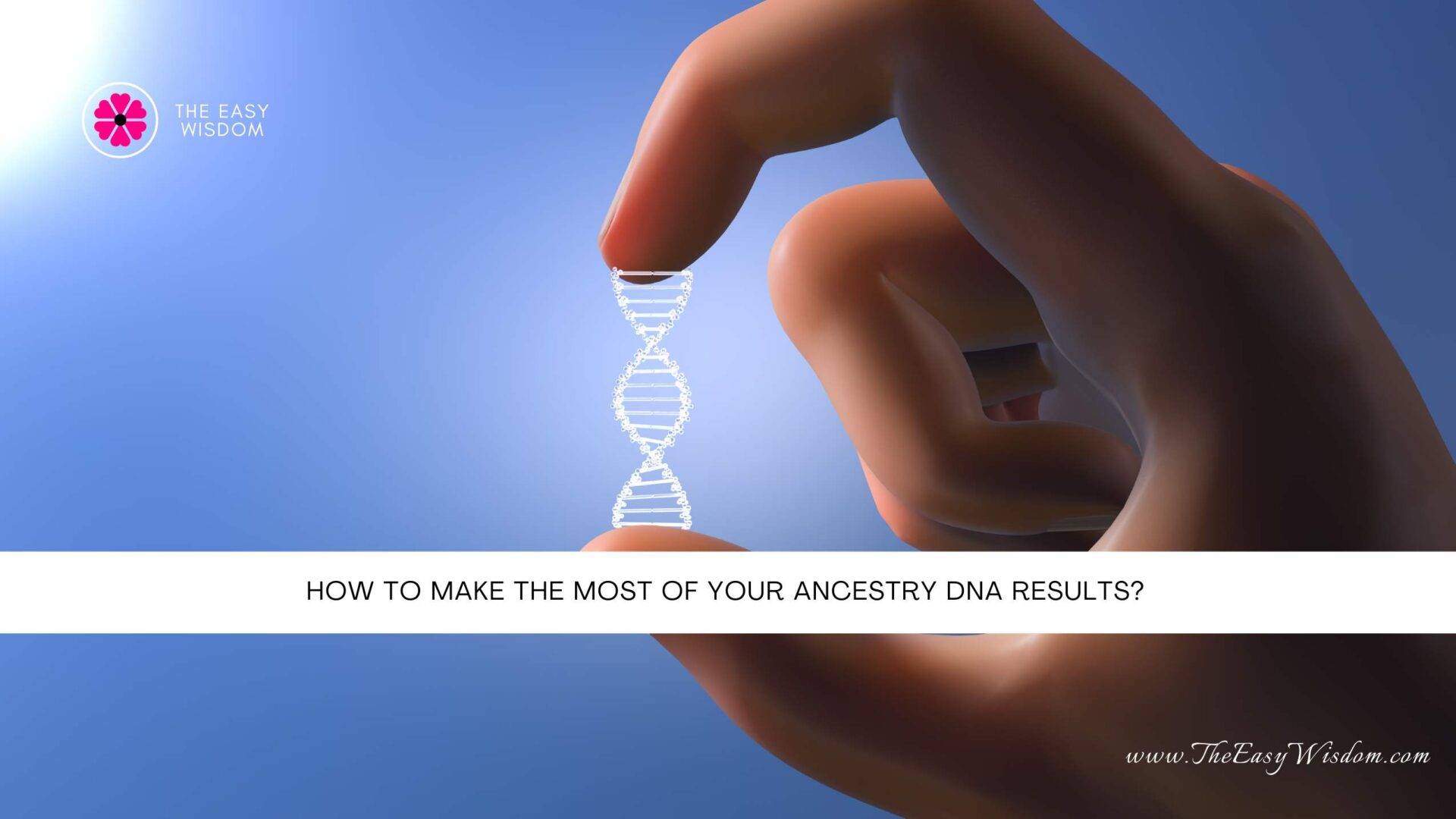Starting your journey through your genetic history with an Ancestry DNA test can be an enlightening experience. Once your saliva sample is analyzed, you’ll receive a trove of information about your genetic makeup, ethnic mix, and potential relatives. This data not only enhances your understanding of your family’s past but also connects you to the broader human tapestry. To transform these insights into a compelling personal narrative, it’s essential to interpret the results accurately and meaningfully. Below, we dive deep into the nuances of your Ancestry DNA test and explore how to maximize its potential for your genealogical research.
Understanding Your Ancestry DNA Test Results
Your Ancestry DNA results offer a fascinating glimpse into your heritage, breaking down your ethnic percentages and revealing unexpected ancestral connections. Confidence intervals help gauge the accuracy of these estimates, as results can vary based on algorithms and reference data. Understanding these nuances ensures a more informed interpretation of your genetic story.
Beyond ethnicity estimates, Ancestry DNA provides insights through genetic communities, linking you to others with shared ancestors and historical migrations. Exploring the cultural context of your region enriches your understanding, and learning how to download Ancestry DNA data allows for deeper analysis and sharing.
Exploring Deep Ancestry and Migrations with DNA Data
Ancestry DNA testing provides insight into ancient migrations and the roots of your ancestry. By examining ancestral markers that have remained unchanged for thousands of years, you can see how your distant relatives moved to where you are today.
These patterns of human settlement and movement tell the story of our shared past, linking to historical events like agriculture spread, empires’ rise and fall, and prehistoric connections between continents. Your DNA results can act as signatures of historical populations, providing context for your family’s presence in certain locations throughout history.
Connecting with Relatives and Building Your Family Tree
Ancestry DNA testing offers the opportunity to connect with living relatives who share significant genetic similarities with you. These matches can range from close family members to distant cousins, expanding your understanding of your family tree. Approaching new relatives with sensitivity and respect can reveal surprising relationships, but they can be valuable resources for filling out your family history and confirming ancestral links.
Building a family tree using DNA matches can provide a fuller picture of your family lineage, especially when traditional records are sparse or missing. Incorporating historical records and documents with DNA findings is crucial for crafting a robust family tree.
Utilizing Ancestry DNA Matches to Break Through Genealogical Brick Walls
DNA matches can be a valuable tool for genealogists to fill gaps in their family history by identifying and reaching out to matches with additional information or records. Ancestry DNA results often include a list of shared matches, providing context where direct records are lacking. Collaborating with DNA matches is key, as sharing research findings, family stories, and photos can open new avenues for exploration.
As you and your matches work together, you may discover previously unknown relatives, shared ancestors, and fresh records to corroborate your lineage. For complex familial puzzles, genetic genealogy tools and techniques, such as chromosome mapping and segment analysis, can further refine relationships between matches, requiring a more in-depth understanding of genetic science and genealogy.
Contributing to Genetic Research and Citizen Science Projects
Ancestry DNA results not only enrich personal history but also contribute to genetic research. By participating in citizen science projects, you can share your DNA data and assist in the research process, contributing to a better understanding of the human genome.
Participating in genetic research also provides updates on new findings related to your DNA, leading to updated reports from the testing company and further knowledge about your ancestry. It is important to remember that participation in research is voluntary and should be considered carefully, with respect for privacy and understanding of the terms under which your data will be used being crucial factors in making informed decisions about research contributions.
Altogether, Ancestry DNA testing opens the door to a world of discovery, offering insights into both deep and immediate ancestry. It allows you to connect with relatives, unearth historical mysteries, and even contribute to the progress of science. By engaging with your results thoughtfully and strategically, you harness the true potential of your genetic legacy.
Also Read: Why is Solitude Not Boring?
